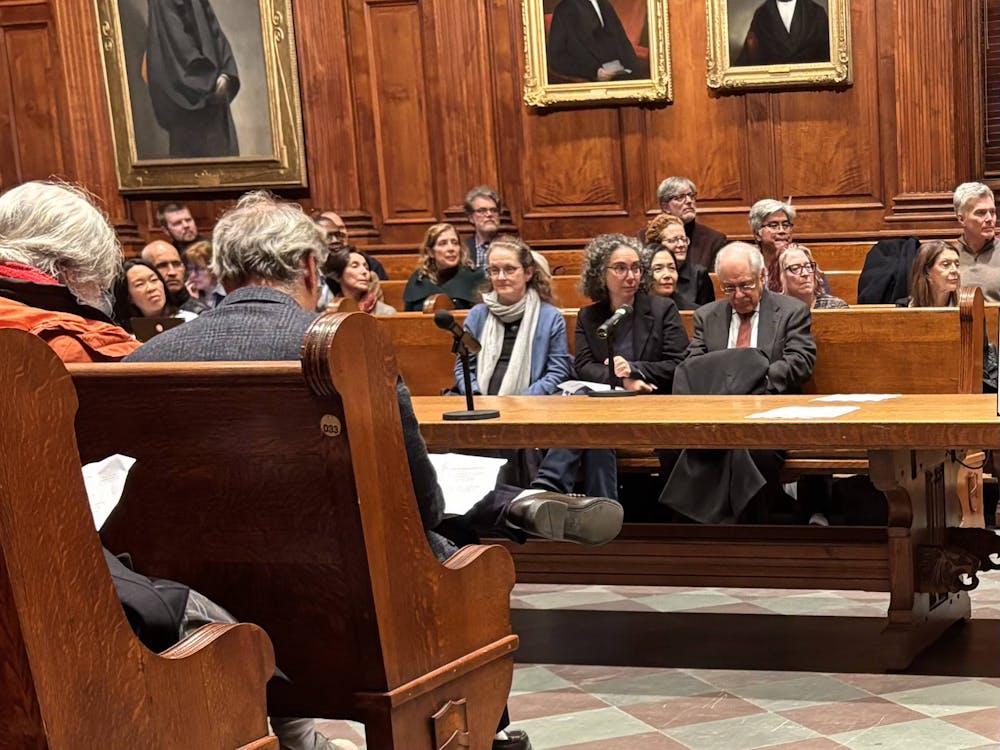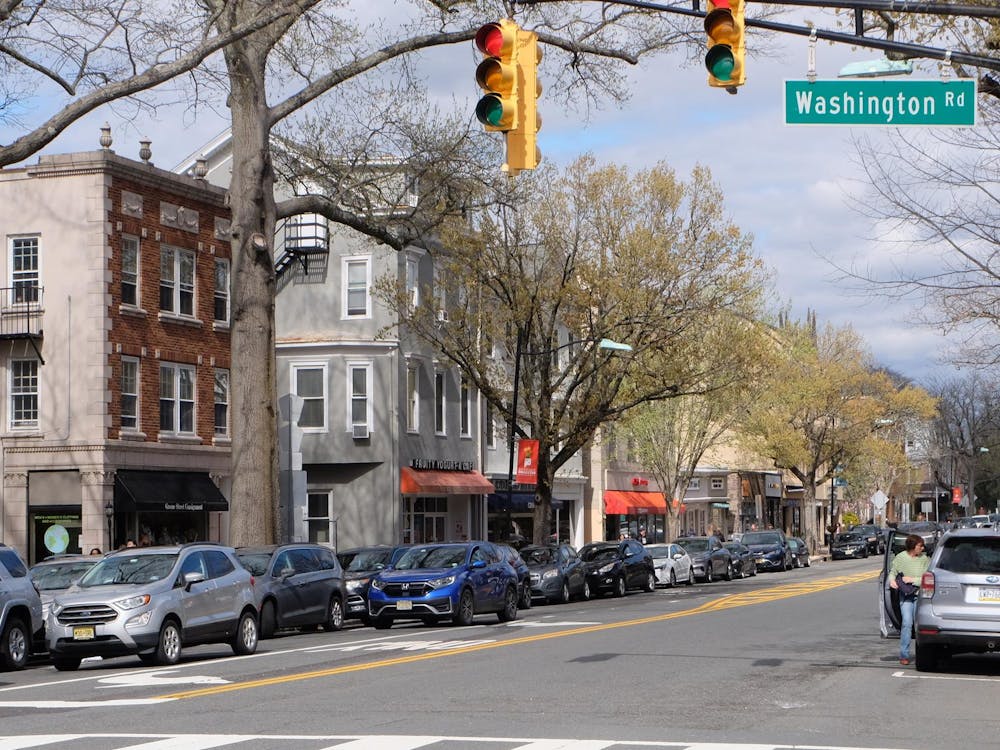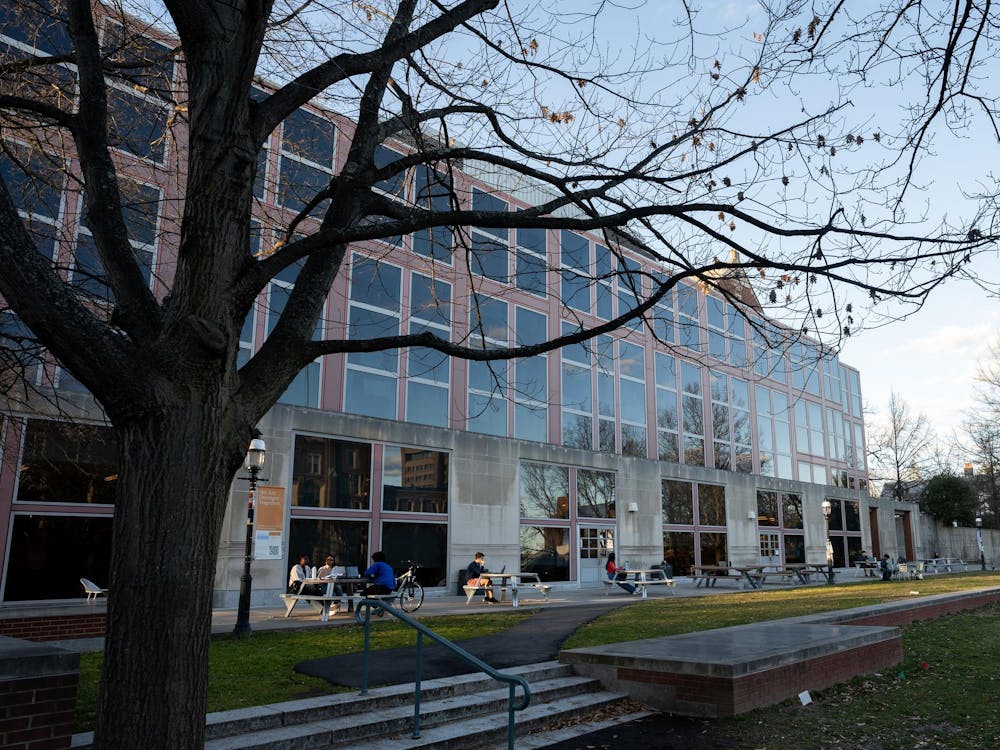The 5.3-megawatt system, which will include 16,500 photovoltaic panels, will be located on 27 University-owned acres between the Dinky, the Delaware & Raritan Canal, Washington Road and Route 1. It is expected to generate roughly 5.5 percent of the campus’ electrical power and reduce energy costs by about 8 percent.
“The fact that a solar energy project like this can be done on a scale where it’s not just tokenism is important,” University Vice President for Facilities Michael McKay said in an interview. “Being able to demonstrate that you can do something cost effectively with renewable energy is extremely important.”
The University intends to pay for the project through a distinct funding model. It will partly pay for the solar collector field under the New Jersey’s Solar Renewable Energy Certificate program, through which the state will issue one SREC to the University for every 1,000 kilowatt-hours of solar energy it generates, until 2020.
The University will sell the credits to a utility company to help offset the costs of the project until 2020, after which it will retire the credits by ceasing to sell them in order to help reduce carbon dioxide emission levels.
The solar collector field is expected to last for at least 30 years. It will be funded by environmental incentives under the American Recovery and Reinvestment Act.
The system itself will be owned and funded by Key Equipment Finance, a company that provides financing solutions for various organizations. Key Equipment Finance will lease the photovoltaic cells to the University for a lower rate reflecting the federal incentives.
“What’s more important than the size of the project is the leadership role we’re taking,” said University energy plant manager Ted Borer in the University statement. “We’re using a business model for the system that others will want to adopt.”
The University’s sustainability manager Shana Weber called the distinctive financial model “groundbreaking” in its approach.
“In some ways what is more exciting than the solar panels themselves is the financial model that we worked out as an institution,” she said. “The financial model actually has the more far reaching implications in terms of making this technology more accessible to nonprofit organizations.”
The system will also provide a real-time data stream for solar energy research at the University.
“This can be a huge learning opportunity and a research opportunity for students and faculty on campus,” McKay said.
Chemical and biological engineering professor Ilhan Aksay emphasized that the project would engender awareness about solar energy among the University’s undergraduate and graduate students.

Aksay first began researching an aspect of flexible solar cells upon the suggestion of graduate student Joe Roy-Mayhew, who asked Aksay to be his dissertation adviser two years ago.
“From my experience, the main benefit of the project will be the awareness of the importance of this topic in the minds of students,” Aksay said. “The fact that Princeton University took a lead in this sends out a signal that Princeton is serious about this. I expect that more students will now be interested in pursuing related research, and this will affect the faculty as well.”
Roy-Mayhew said that projects such as this one and the University’s 1996 cogeneration plant are strong steps forward, but the solar collector field will be meaningful in particular because of its prominence.
“The more interest that is generated among the undergraduates, the more professors might become interested in exploring those topics, and that will trickle down into graduate students’ research as well,” Roy-Mayhew said.
The University adopted a sustainability plan in 2008 to reduce its annual carbon dioxide emissions by 2020 to the 1990 output level of 95,000 metric tons. The solar collector field is expected to help the University make 6 percent of the required reductions by the target year.
Over the past two years, the University has taken steps to reduce emissions by 2 percent. Roughly 5,000 panels were installed on the roof of a building on Princeton’s Forrestal Campus in 2009, and 216 panels were installed on top of Frick Chemistry Laboratory.
The University will also take measures to make the campus more energy efficient, Weber said. Some of the initiatives that will help the University reach its goal in 2020 include replacing heating and cooling units in buildings and shutting off certain unused cluster computers at night.
“We’re doing all these things in parallel,” she said. “There’s no one silver bullet that’s going to get us there. We have to approach this from all fronts.”







